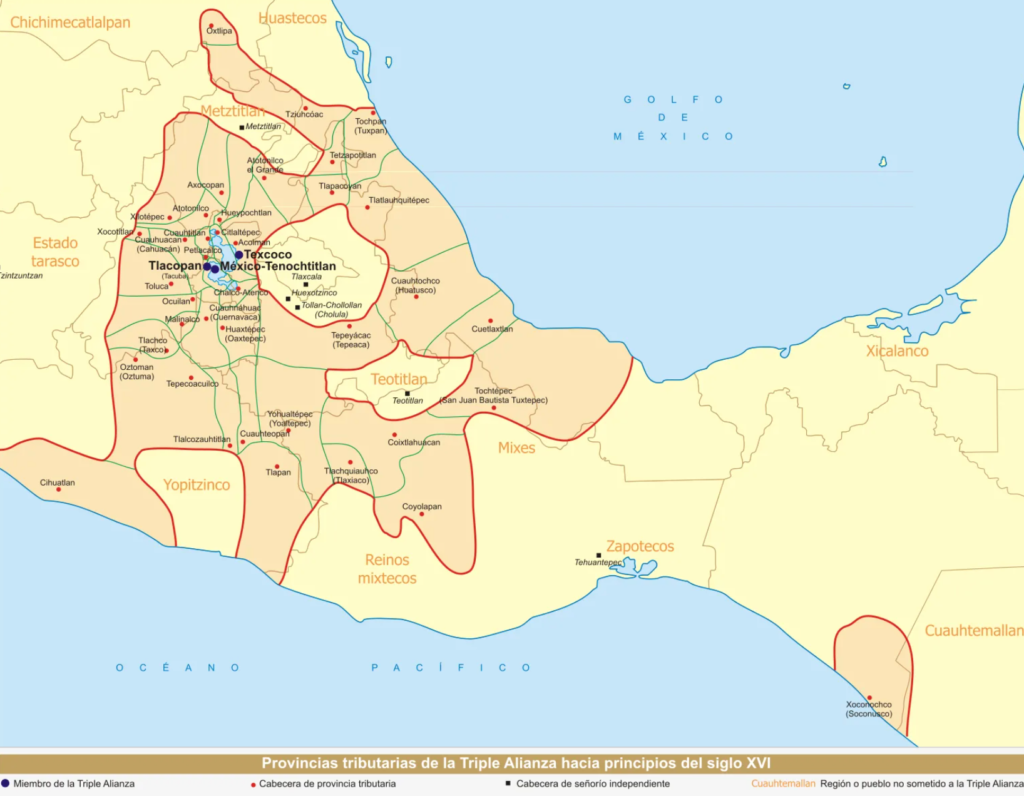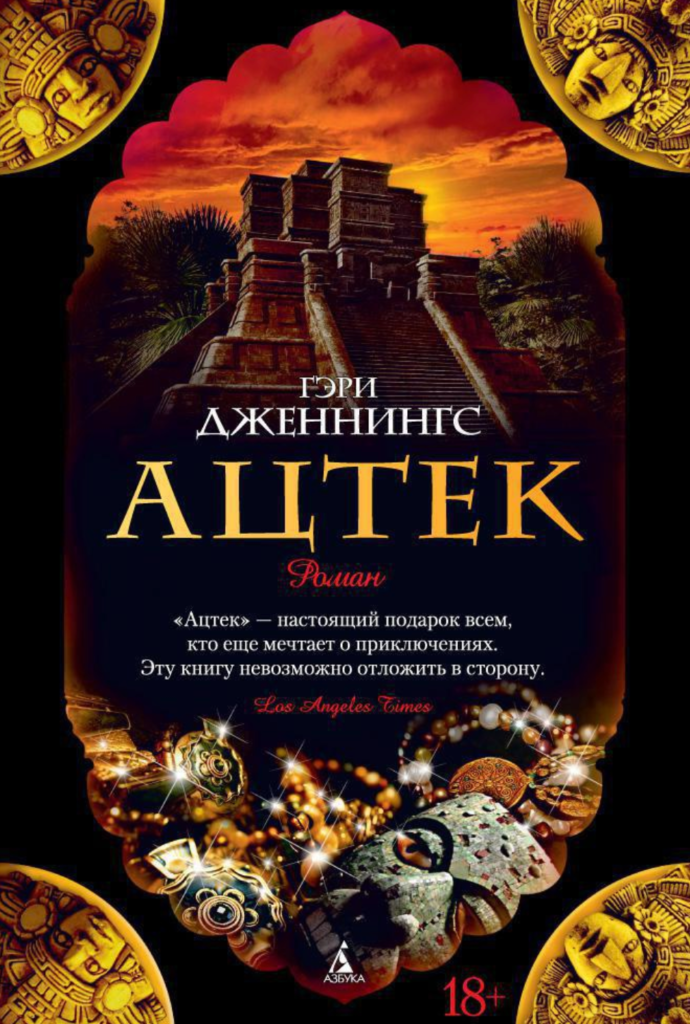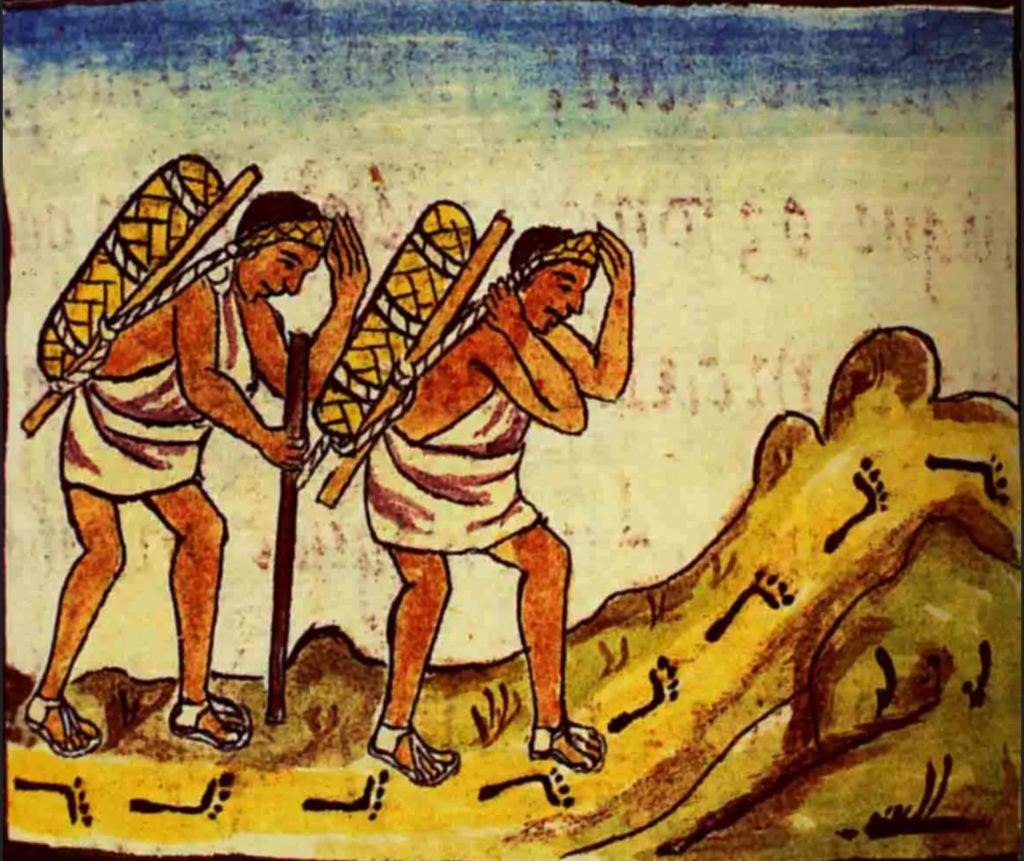After visiting several countries in Latin America, I wanted to study history. By the way, there is a wonderful book “Aztec” by Gary Jennings – fiction, but very detailed and entertaining, based on surviving historical sources. The book is just about pochteca – the Aztec merchant traveler.

Before the Spanish conquest, Aztec trade was one of the most developed and complex economic systems in pre-Columbian America. The Aztecs created a powerful trading network spanning vast areas of Mesoamerica and used their trade routes to exchange goods, ideas, and cultural achievements.
Aztec trade included a wide range of goods. Agricultural products such as corn, beans, chilies and cocoa beans, cotton, textiles, exotic feathers, shells and various handicrafts could be found in the markets.
It is interesting that gold, which was so valued by the European conquerors, was not significant for the economy of the peoples of Mesoamerica. It was used more for ritual purposes. Valuable goods were, as already mentioned, bird feathers of various colors, obsidian, jadeite, as well as fabric dyes – blue, red. Cocoa beans and cowrie shells were widely used as money.

Aztec traders, known as pochteca, traveled considerable distances to exchange goods. Major trade routes stretched from central Mexico to the Pacific and Caribbean coasts, and into modern-day Guatemala and Honduras. Trade caravans crossed mountain ranges and tropical forests, covering thousands of kilometers.
Trade routes were often difficult and dangerous, but the Pochteca played a key role in maintaining Aztec economic ties and political influence over neighboring peoples. They also served as spies, collecting information about distant lands and potential allies or enemies.
While the Aztecs were developing their complex trading system, European trade was also undergoing significant changes. In the 14th and 15th centuries, European trade was centered around the Mediterranean Sea, the Baltic Sea and along the Silk Road routes. Trade in spices, silk, jewelry and other exotic goods connected Europe with Asia and Africa.

One of the key differences between Aztec and European trade was the use of different means of transport. The Aztecs relied on manual labor and foot caravans, while the Europeans used sea-going ships for long-distance transport. European explorers such as the Portuguese and Spanish actively sought new trade routes to Asia, which ultimately led to the discovery of the Americas.
The Aztec trading system was highly developed and integrated, covering large areas and a variety of goods. Trade played an important role in the economy and politics of the Aztec empire, providing access to important resources and maintaining cultural and diplomatic ties with other peoples.